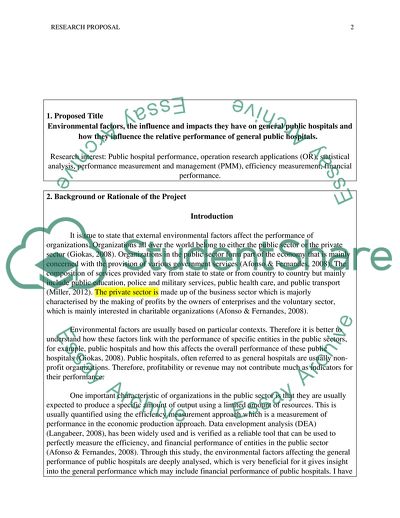Cite this document
(Financial performance in the public sector Research Proposal, n.d.)
Financial performance in the public sector Research Proposal. https://studentshare.org/finance-accounting/1869779-financial-performance-in-the-public-sector
Financial performance in the public sector Research Proposal. https://studentshare.org/finance-accounting/1869779-financial-performance-in-the-public-sector
(Financial Performance in the Public Sector Research Proposal)
Financial Performance in the Public Sector Research Proposal. https://studentshare.org/finance-accounting/1869779-financial-performance-in-the-public-sector.
Financial Performance in the Public Sector Research Proposal. https://studentshare.org/finance-accounting/1869779-financial-performance-in-the-public-sector.
“Financial Performance in the Public Sector Research Proposal”. https://studentshare.org/finance-accounting/1869779-financial-performance-in-the-public-sector.


